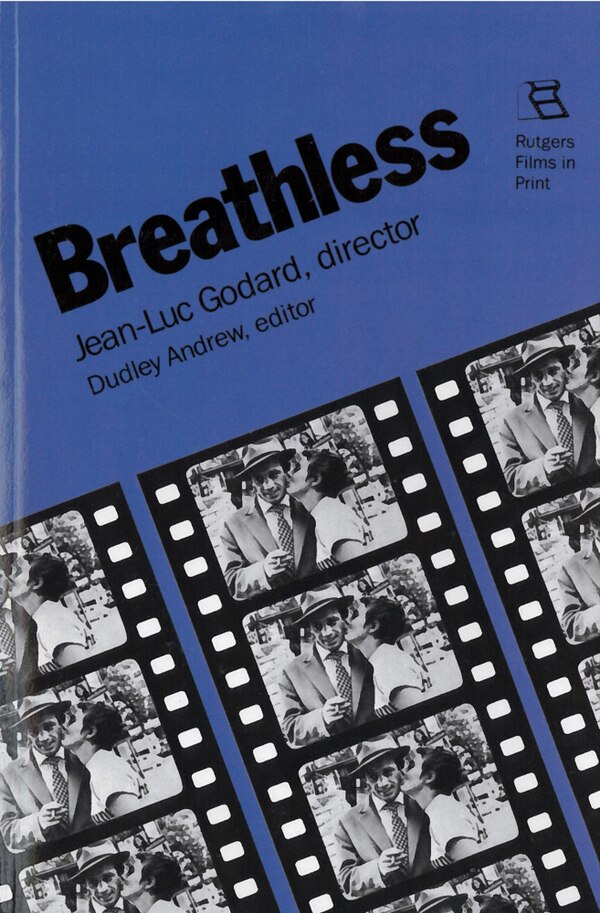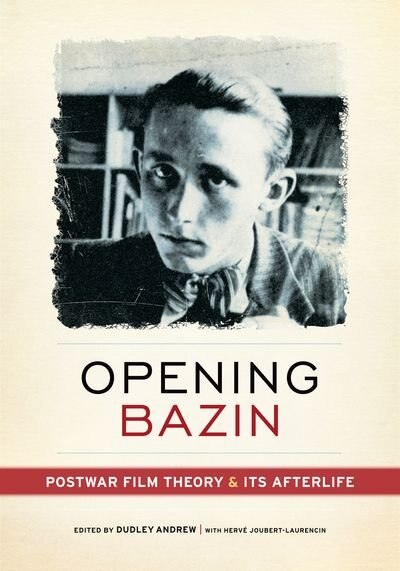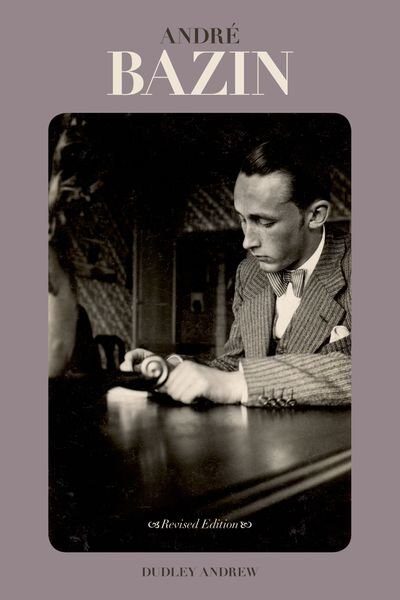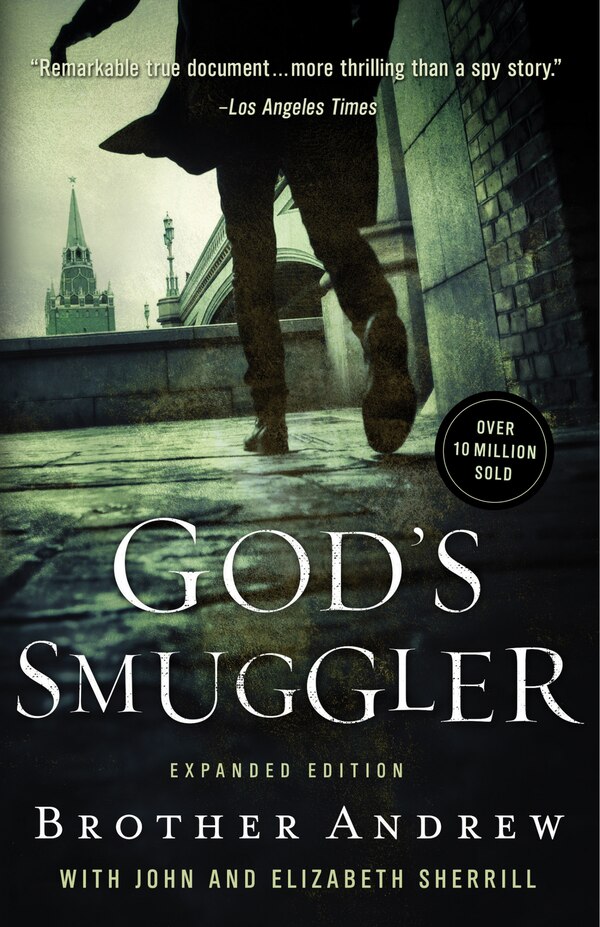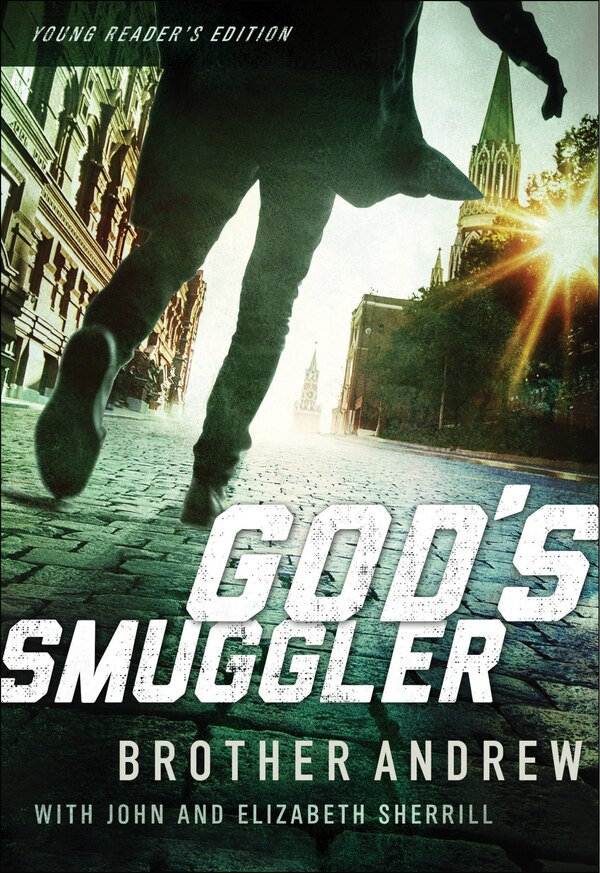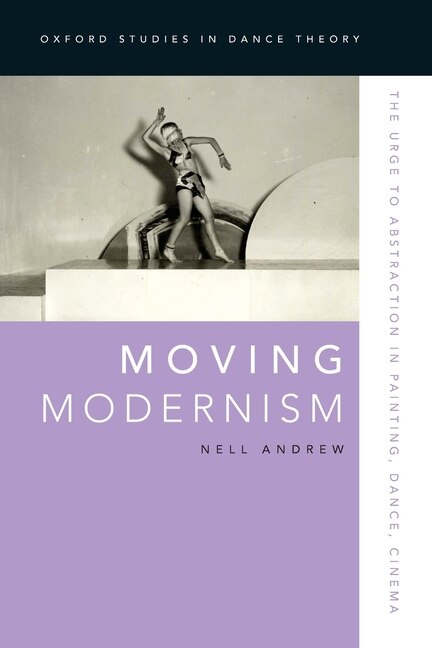
Compare Moving Modernism by Nell Andrew, Paperback | Indigo Chapters
Nell Andrew
$43.95
The emergence of modern dance and the early history of cinema ran concurrent with the European avant-garde's development of pictorial abstraction in the first decades of the 20th century. However, many assume that modernist abstraction resulted from a century of natural, autonomous evolutionto painting styles and tastes. In Moving Modernism, author Nell Andrew challenges this assumption. By examining dance and film created during this period, she argues that performative modes of art created the link between bodily movement and movement depicted in modernist paintings. In a seemingparadox, dance and film - durational arts, involving real bodies in space-participated in the development of abstract art. With archival material collected in North America and Europe, Moving Modernism resurfaces lost performances, identifies working methods, and establishes the circles of aesthetic influence and reception for avant-garde dance pioneers and experimental film makers from the turn of the century to theinterwar period. Reexamining the motivation that fueled the emergence of abstraction, Andrew claims that painters sought meaning not only in the material and formal picture but also in temporal and sensorial experience. Andrew looks at major figures and intellectual movements including Loie Fullerand Symbolism; Valentine de Saint-Point and the Cubo-Futurist and neo-Symbolist movements; and early cinematic abstraction from Edison and the Lumieres to Hans Richter and Marcel Duchamp. Close examinations of each figure show that theatrical display, embodied self-projection, and kinesthetic desireare not necessarily in opposition to pictorial abstraction; in fact, they expand our understanding of the urges that created modern art. | Moving Modernism by Nell Andrew, Paperback | Indigo Chapters


